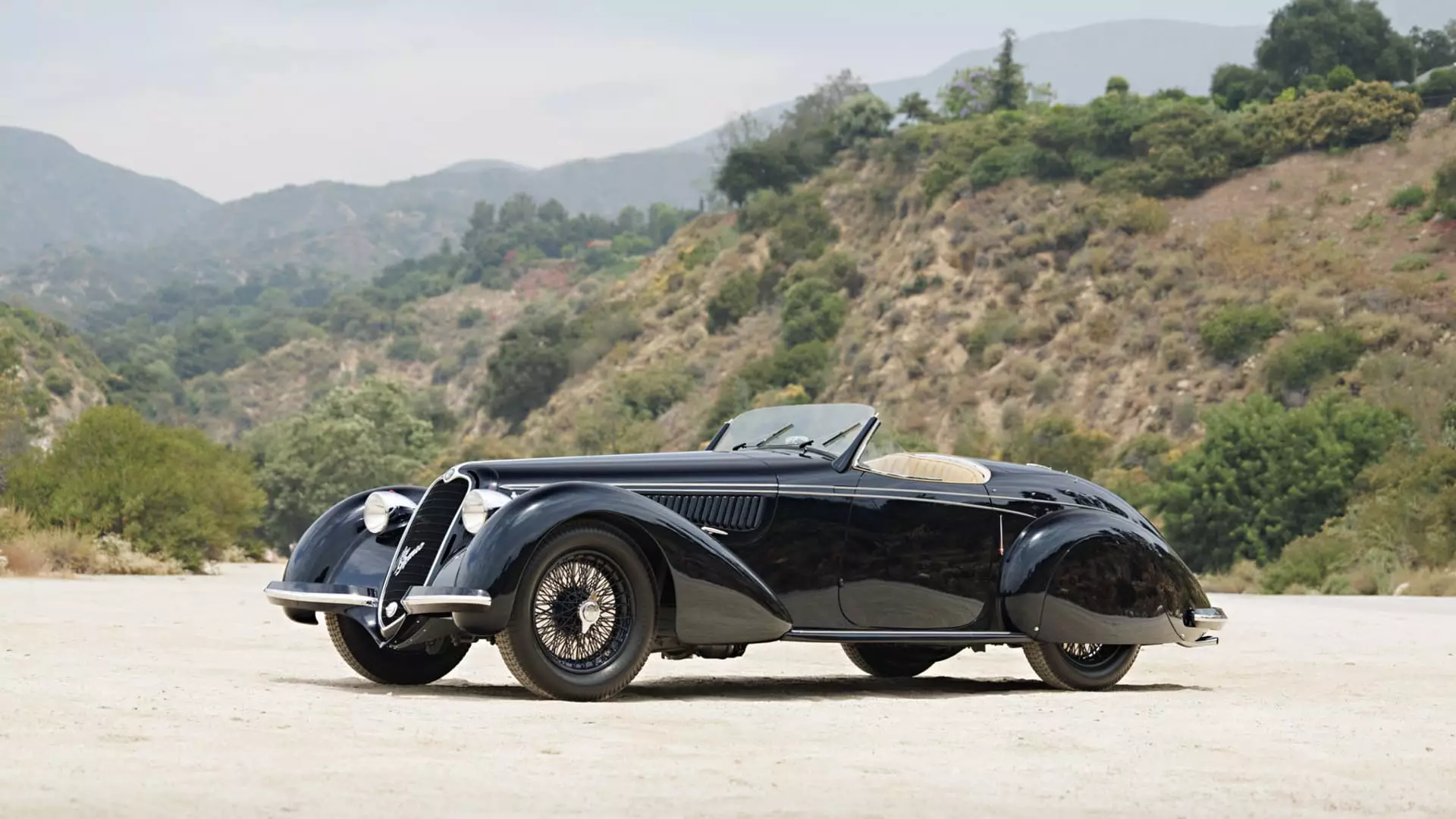The recent data coming out of Monterey Car Week indicates a noticeable shift in the classic car market. Auction sales during the event dropped by 3% compared to the previous year, with total sales at the five car auction houses falling to $391.6 million from $403 million. This decline is part of a larger trend, as last year saw a 14% decrease from the peak in 2022. The sell-through rate, which represents the percentage of cars actually sold, stood at 72%, with an average sale price of $476,965.
One of the key factors driving this shift in the market is the changing preferences of collectors. While wealthy investors still have ample funds to spend, their tastes are evolving. A new generation of collectors, mainly Gen Xers and millennials, are entering the market and gravitating towards cars from the 1980s, 1990s, and 2000s. This shift in preferences is evident in the sale data, as cars less than 4 years old had a sell-through rate of 73%, outperforming older vehicles from the 1950s and 1960s.
Another contributing factor to the decline in auction sales is the oversaturation of the market with similar classic cars. As observed by Simon Kidston, founder of Kidston, there were too many comparable cars available at the auctions, leading to weaker prices and sales. Many of these vehicles had been on display in dealer windows for extended periods, further adding to the oversupply issue. This oversaturation has diluted the market and made it challenging for sellers to secure strong prices.
Impact of Interest Rates
High-interest rates have also played a role in dampening the classic car market. At the lower end, buyers who relied on financing to purchase cars found themselves facing increased costs. On the higher end, rising interest rates raised the opportunity cost of investing in classic cars. Potential buyers began to weigh the returns they could earn from other investments against the ownership of a classic car, causing them to reevaluate their purchasing decisions.
Future Outlook
Looking ahead, the classic car market is likely to continue its evolution as younger collectors become more influential. The prominence of cars from the 1980s, 1990s, and 2000s is expected to grow, while vehicles from the 1950s and 1960s may face challenges finding buyers. Rare and exceptional pieces will still command high prices, but the overall trend points to a shift in the market dynamics. As older collectors begin to sell off or downsize their collections, prices for older vehicles are expected to face downward pressure in the coming years.
The classic car market is experiencing a period of transition, driven by changing collector preferences, oversupply of older vehicles, and the impact of high-interest rates. While certain segments of the market continue to perform well, the broader landscape is shifting towards newer models favored by a younger generation of collectors. This evolution underscores the need for adaptability and strategic decision-making among industry players to navigate the changing dynamics of the classic car market.

